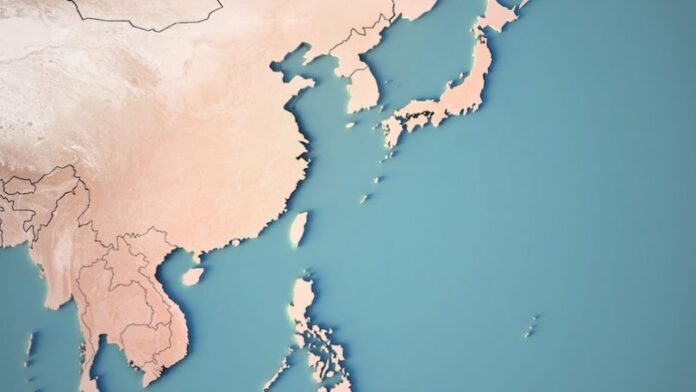Author: Bill Hayton
Affiliation: Associate Fellow in the Asia-Pacific Programme at Chatham House, UK, and BBC News (1998-present)
Organization/Publisher: ISEAS – Yusof Ishak Institute
Date/Place: March 15, 2022/Singapore
Type of Literature: Article
Word Count: 2976
Keywords: South China Sea, International Court of Justice, China
Brief:
The author suggests that disputes in the South China Sea could be solved through legal process by assessing the historical evidence of the claimants in the region and bringing to a neutral tribunal, such as the International Court of Justice (ICJ). The two main groups of islets that are disputed in the South China Sea are the Paracels in the north, and the Spratlys in the south. The problem is that all the claimants (China, Taiwan, Vietnam, and the Philippines) are claiming the entire island rather than specific features. As a result, it is a zero-sum game, in which no one is compromising and every claimant wants sovereignty over every feature in the island group or nothing. Nevertheless, the author assesses that bringing verifiable evidence to a neutral tribunal offers a potential solution. In this case, by presenting specific evidence of physical acts of administration to the ICJ. From all the historical evidence that found, there is two important points. First, it tells that no state occupy the entire island, rather they occupied different features at different times. Second, it tells that the claimants never administered entire island groups, let alone the entire South China Sea. Finally, the author offered a basis for compromise solution to the South China Sea dispute, in which each claimants keeps what is currently occupies and drops its claims to the other features. In other words, what you have is what you keep.
By: Salman Nugraha, CIGA Research Intern




